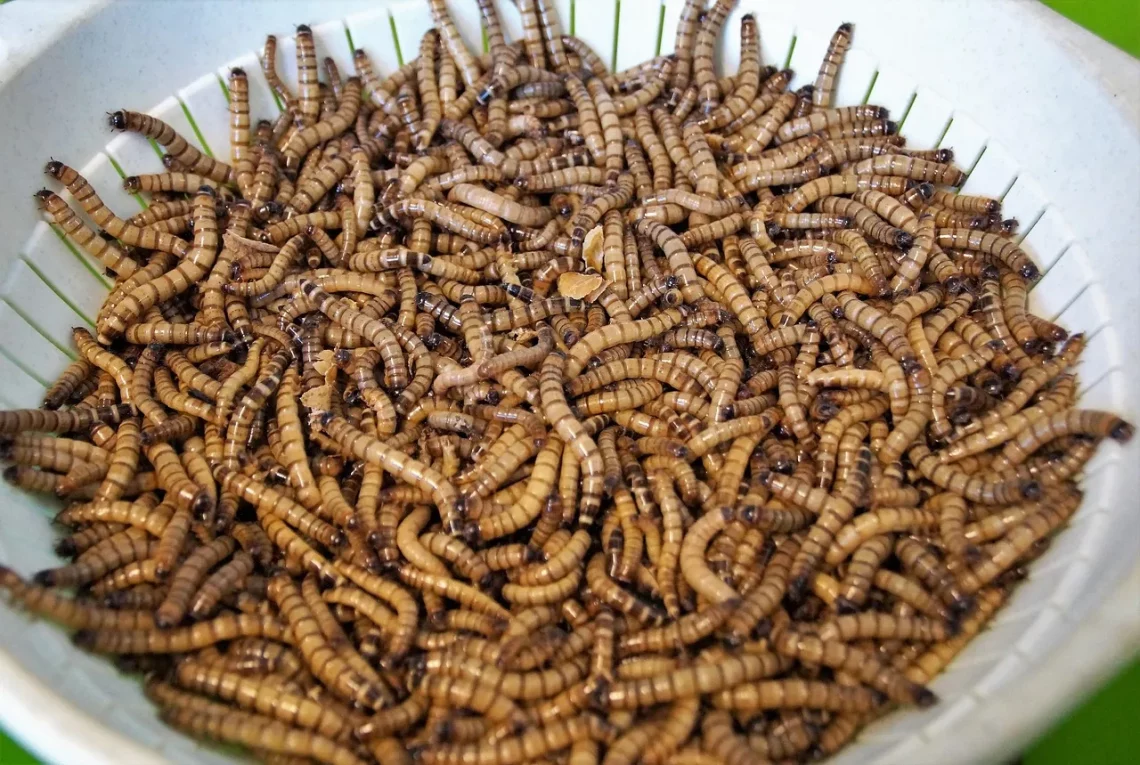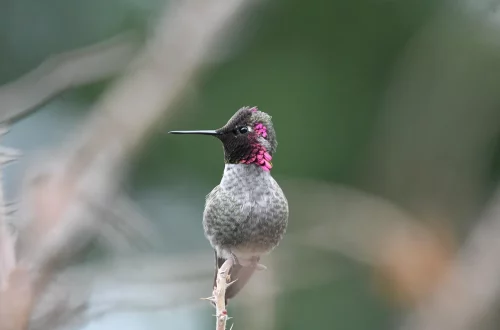
The Fascinating World of Transparent Freshwater Worms Explained
The world of transparent freshwater worms offers a captivating glimpse into a hidden ecosystem that thrives beneath the surface of lakes, rivers, and ponds. These elusive creatures, often overlooked due to their small size and delicate appearance, play a crucial role in maintaining the health of aquatic environments. Their transparent bodies allow them to blend seamlessly with their surroundings, providing both protection from predators and a unique opportunity for scientists and nature enthusiasts to study their behavior and biology.
Freshwater worms, belonging to various families and genera, exhibit a remarkable range of adaptations that enable them to survive in diverse habitats. From their feeding mechanisms to their reproductive strategies, these worms demonstrate an intricate balance of simplicity and complexity. The fascinating characteristics of these organisms not only reveal the wonders of nature but also highlight the importance of biodiversity in freshwater ecosystems.
As we delve deeper into the world of transparent freshwater worms, we will uncover their ecological significance, unique physical traits, and the various species that inhabit our waters. Understanding these organisms can enhance our appreciation for the natural world and emphasize the need for conservation efforts to protect their habitats.
Ecological Importance of Freshwater Worms
Freshwater worms play a pivotal role in the health of aquatic ecosystems. They are an integral part of the food web, serving as a food source for various fish, birds, and other wildlife. Their presence indicates a balanced ecosystem, as they thrive in environments that are rich in organic matter and nutrients. By breaking down decaying plant material and organic debris, these worms contribute to nutrient cycling, ensuring that essential elements are returned to the ecosystem.
Moreover, freshwater worms help improve water quality. As they ingest sediment and organic matter, they filter and aerate the substrate, which enhances the overall health of the aquatic environment. This process promotes the growth of beneficial microorganisms that are vital for nutrient cycling. When these worms are abundant, they can help stabilize sediment, reduce erosion, and maintain clear water, which is crucial for the survival of many aquatic species.
In addition to their role in nutrient cycling, freshwater worms also contribute to the decomposition process. They break down detritus, which is essential for the recycling of nutrients back into the food chain. This process not only supports the growth of aquatic plants but also provides essential nutrients for fish and other organisms that rely on these plants for survival.
Furthermore, the presence of transparent freshwater worms can indicate environmental changes. Scientists often use these organisms as bioindicators to assess the health of freshwater systems. Changes in their populations can signal shifts in water quality, habitat degradation, or the impacts of pollution. By monitoring these worms, researchers can gain valuable insights into the overall health of aquatic ecosystems and inform conservation efforts.
Diverse Species and Their Adaptations
The diversity of transparent freshwater worms is remarkable, with various species adapted to specific environments. These worms belong to different taxonomic groups, including the well-known oligochaetes, such as tubificids and lumbriculids. Each species exhibits unique adaptations that enable them to thrive in their respective habitats.
For instance, tubificid worms are often found in sediment-rich environments, where they burrow into the substrate to feed on organic matter. Their elongated bodies and ability to tolerate low oxygen levels allow them to thrive in stagnant waters, making them important contributors to the health of these ecosystems. In contrast, lumbriculid worms are more commonly found in flowing waters and are known for their ability to swim. Their transparent bodies help them avoid predation, while their specialized feeding mechanisms allow them to capture food particles from the water column.
Another fascinating group of freshwater worms is the horsehair worms, which are known for their unique life cycle. As larvae, they inhabit the bodies of insects, where they grow and develop. Once mature, they manipulate their host’s behavior, prompting it to seek water, where the adult worm can emerge. This extraordinary adaptation showcases the intricate relationships that exist within freshwater ecosystems.
The physical characteristics of these worms also vary significantly. Many species possess a translucent body that allows them to blend in with their aquatic environment. This camouflage serves as a defense mechanism against predators. Additionally, some worms have developed specialized structures, such as bristles or hooks, that aid in locomotion and feeding.
Overall, the diversity of transparent freshwater worms is a testament to the adaptability of these organisms. Their various forms and functions highlight the complexity of freshwater ecosystems and the interconnectedness of life within these environments.
Behavior and Reproductive Strategies
The behavior of transparent freshwater worms is as intriguing as their physical characteristics. These organisms exhibit a range of behaviors that are essential for their survival, including feeding, locomotion, and reproduction. Their movements can often be observed in the water column, where they either swim or crawl along the substrate in search of food.
Feeding strategies among freshwater worms vary by species. Some are deposit feeders, consuming organic matter and detritus found in the sediment, while others are filter feeders, extracting tiny particles from the water. This adaptability allows them to thrive in various environments, from nutrient-rich lakes to more challenging conditions in rivers and streams.
Reproduction in freshwater worms is equally fascinating. Many species are hermaphroditic, possessing both male and female reproductive organs. This adaptation increases their chances of finding a mate in environments where individuals may be sparse. During mating, two worms exchange sperm, which can be stored for later fertilization. This reproductive strategy ensures genetic diversity while allowing worms to reproduce efficiently in their habitats.
In addition to sexual reproduction, some species can reproduce asexually through fragmentation. When a worm is cut into pieces, each segment has the potential to regenerate and develop into a new individual. This remarkable ability not only aids in population growth but also allows worms to survive predation or environmental stress.
Behavioral responses to environmental changes are also evident in freshwater worms. They can sense changes in water quality, temperature, and the presence of pollutants. In response, these worms may migrate to more favorable conditions, showcasing their adaptability and resilience in dynamic environments.
In conclusion, the behavior and reproductive strategies of transparent freshwater worms reflect their incredible adaptability. Their unique methods of feeding and reproduction not only contribute to their survival but also underscore their ecological importance within freshwater ecosystems.
Conservation and the Future of Freshwater Ecosystems
The conservation of transparent freshwater worms and their habitats is crucial for maintaining healthy aquatic ecosystems. As indicators of environmental health, these organisms can help researchers assess the impacts of pollution, habitat degradation, and climate change on freshwater environments. Protecting their habitats ensures the survival of these worms and the myriad of species that depend on them.
However, freshwater ecosystems face numerous threats, including pollution from agricultural runoff, industrial discharges, and urban development. These factors can lead to habitat loss, reduced water quality, and the decline of worm populations. Conservation efforts must focus on mitigating these impacts through sustainable practices and habitat restoration.
Public awareness and education play a significant role in conservation efforts. By highlighting the importance of transparent freshwater worms and their contributions to aquatic ecosystems, we can foster a greater appreciation for these organisms. Engaging communities in conservation initiatives, such as clean-up efforts and habitat restoration projects, can help protect these vital ecosystems.
Moreover, researchers continue to study freshwater worms to better understand their biology and ecology. This research can inform conservation strategies and policy decisions aimed at protecting freshwater habitats. Collaborative efforts between scientists, policymakers, and local communities are essential for ensuring the long-term health of these ecosystems.
In summary, the conservation of transparent freshwater worms is vital for the sustainability of freshwater ecosystems. Through education, research, and community engagement, we can work towards preserving these remarkable organisms and the intricate web of life they support.
**Disclaimer:** This article is for informational purposes only and should not be considered medical advice. For any health-related concerns, please consult a qualified healthcare professional.




